|
Dong Hee Lee 🗣️ I'm a research technician (project academic specialist) at International Research Center for Neurointelligence (IRCN) in Japan 🗼, where I'm working on predictive-coding inspired neural networks of the sense of agency as well as emotion recognition system using ECG with Yukie Nagai. Previously, I received my M.S. in Biomedical Engineering from Sungkyunkwan University in South Korea under the supervision of Choong-Wan Woo. I developed fMRI-based predictive models of pain. My research interests include computational neuroscience, bayesian inference, generative models, transfer learning, and reinforcement learning. |
|
PublicationsMain papers are highlighted. |
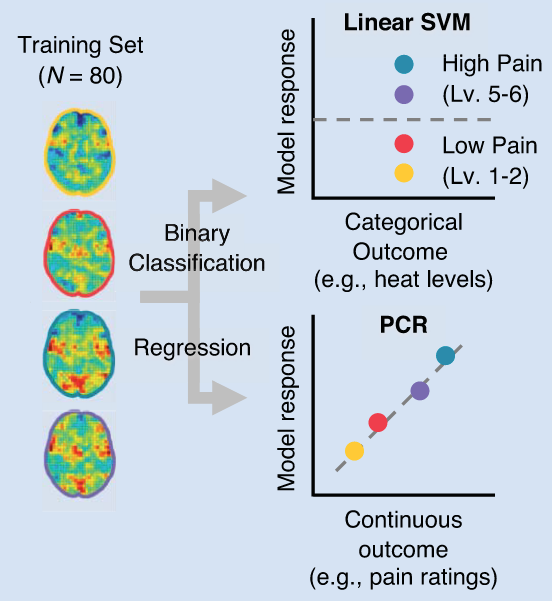
|
Decoding pain: uncovering the factors that affect the performance of neuroimaging-based pain models
Dong Hee Lee (Lead author), Sungwoo Lee, Choong-Wan Woo PAIN, 2025 codes / commentary This study shows a comprehensive overview about modeling targets and options of brain imaging-based pain predictive models through a literature review and benchmark analysis. |
||
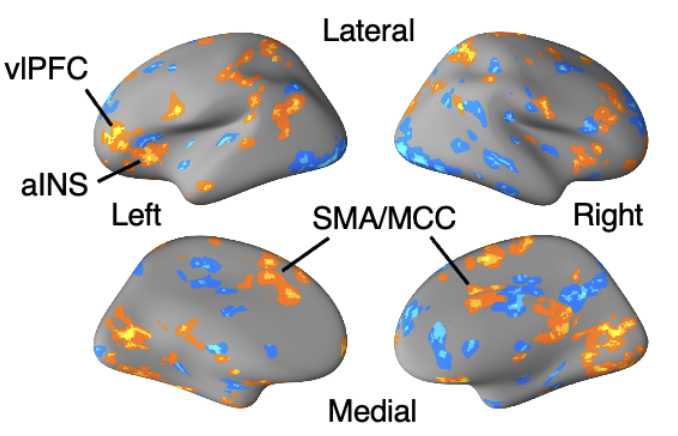
|
Interindividual differences in pain can be explained by fMRI, sociodemographic, and psychological factors
Suhwan Gim, Dong Hee Lee, Sungwoo Lee, Choong-Wan Woo Nature Communications, 2024 As a commentary paper for Hoeppli et al. (2022), this paper examined that a multiple regression model including brain imaging, sociodemographic, and psychological measures could predict individual differences in pain self-report. We also identified brain regions associated with these differences using fMRI data. |
||
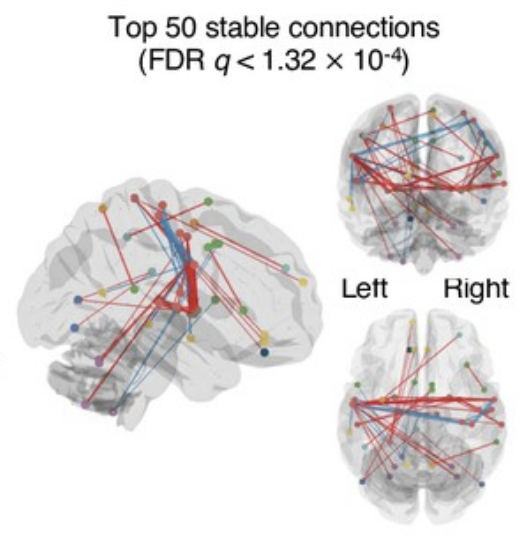
|
Functional brain reconfiguration during sustained pain
Jae-Joong Lee, Sungwoo Lee, Dong Hee Lee, Choong-Wan Woo eLife, 2022 codes This study explored dynamic changes in functional brain networks during pain in the mouth, which provides new insights into how dynamic interactions between brain systems organize and modulate the experience of pain. |
||
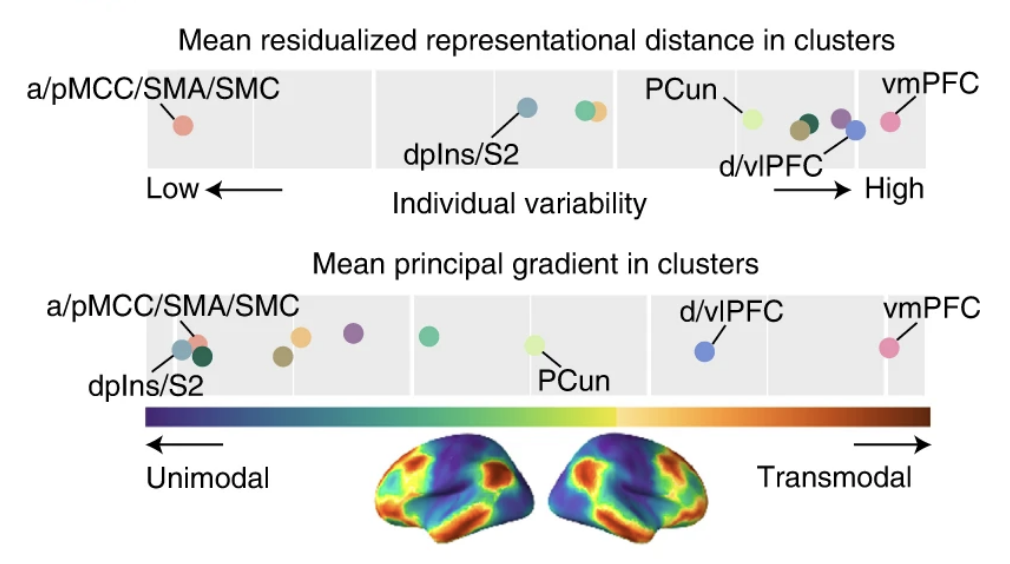
|
Individual variability in brain representations of pain
Lada Kohoutová, Lauren Y. Atlas, Christian Büchel, Jason T. Buhle, Stephan Geuter, Marieke Jepma, Leonie Koban, Anjali Krishnan, Dong Hee Lee, Sungwoo Lee, Mathieu Roy, Scott M. Schafer, Liane Schmidt, Tor D. Wager & Choong-Wan Woo Nature Neuroscience, 2022 codes This study identified different brain representations of pain processing across brain regions. Some brain regions such as vmPFC show high variability across individuals, whereas other regions such as SMC show stable patterns. |
ProjectsOngoing works and personal projects. |

|
The human-like shifts of computational models in sense of agency
Dong Hee Lee (Project Leader), Lingwei Zhu, Yukie Nagai in analysis Can artificial neural networks replicate human-like shifts in sense of agency in response to sensorimotor conflicts? If so, are the shifts in sense of agency asymmetric between gaining and losing controllability? We address this question through PV-RNN and robot arm data. Skills: Python, Numpy, PyTorch, Hydra, Matlablib, MySQL, Docker |
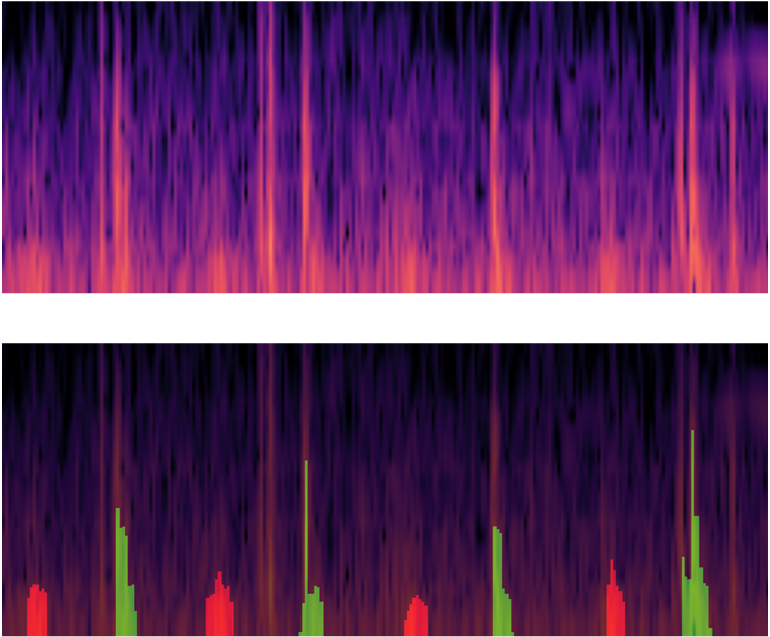
|
Automated heart sound segmentation: a deep learning web platform for cardiac diagnostics
Dong Hee Lee (Team Leader), Myungjun Lee, Junghyun Kim 2024.1.~2024.2. (7 weeks) codes / presentation (Korean) The goal of this project is to develop a heart sound segmentation deep learning model and web app service for assisting heart checkup. We developed a heart sound (S1, S2) segmentation deep learning model based on U-Net++ with stethoscope sound data provided by the PhysioNet Challenge and deployed it as a web app service. We preprocessed the audio data and converted it into spectrogram images, and then trained deep learning models and evaluated performance of the image segmentation. Skills: Python, Numpy, Librosa, torchaudio, OpenCV, Tensorflow, Keras, Google Cloud Platform |
|
Thanks to Jon Barron for providing the template of this website. |